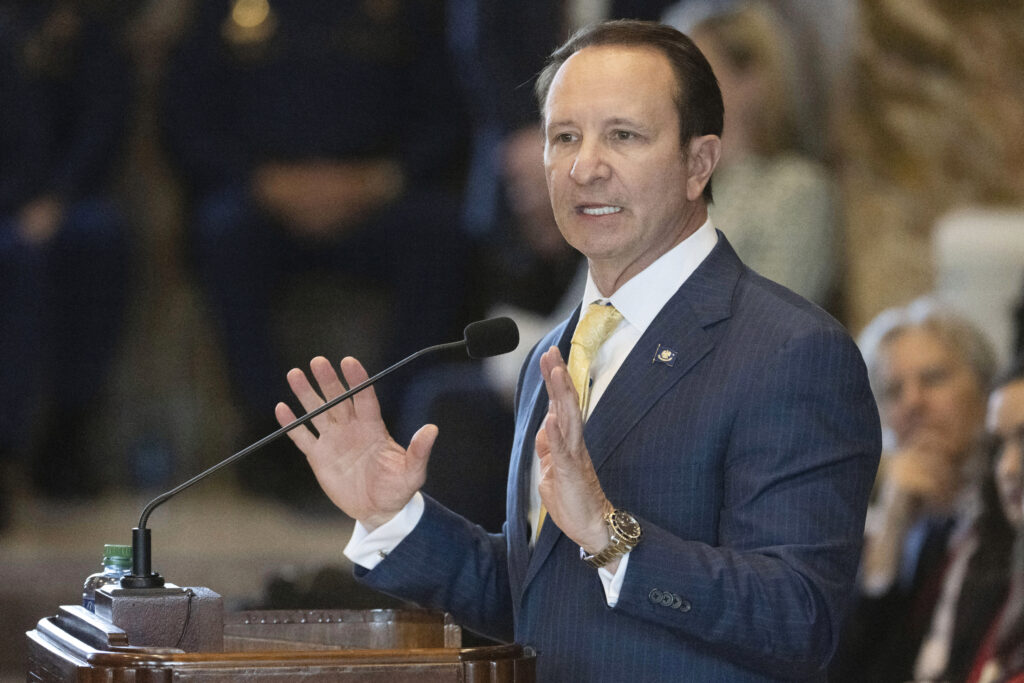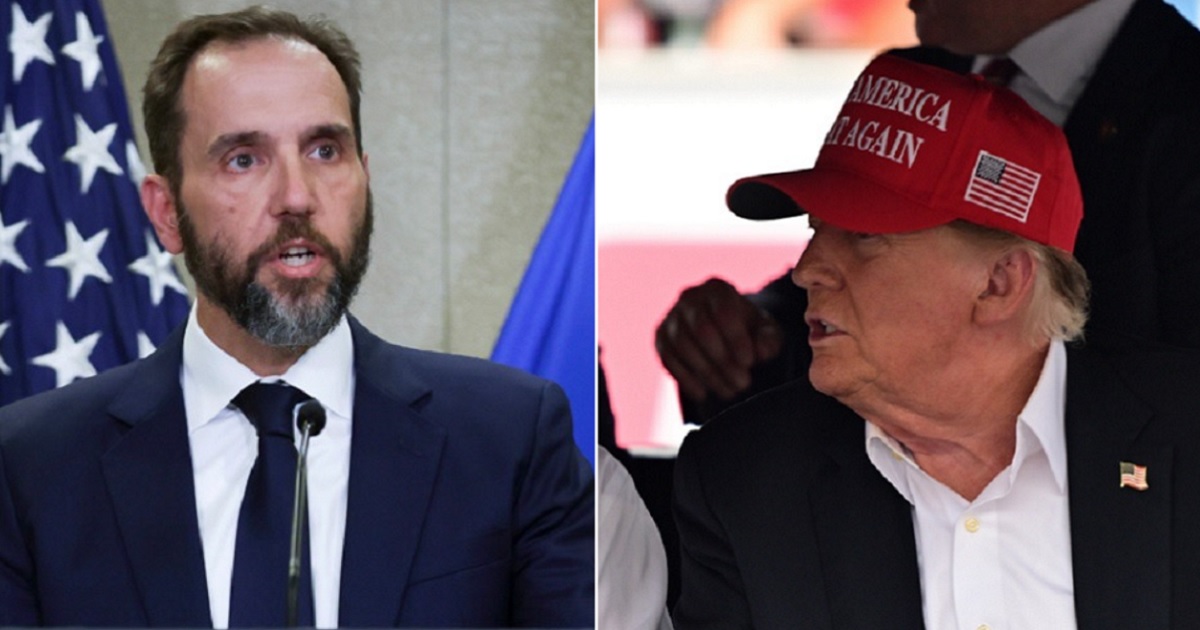Fed Unlikely to Endorse 100-Basis-Point Rate Hike Despite High Inflation: Officials
After last week’s red-hot June inflation reading that surged to 9.1 percent, traders increasingly bet that the Federal Reserve could raise the benchmark interest rate by 100 basis points at the July Federal Open Market Committee (FOMC) policy meeting.
The latest odds of a 100-basis-point sit at 31 percent, according to the CME FedWatch Tool.
But U.S. central bank officials are not ready to commit to a full percentage point increase later this month, which would be the largest in the Fed’s modern era.
Speaking in an interview with Bloomberg radio, Fed Cleveland Bank President Loretta Mester was not adamant about accelerating the institution’s rate hikes to combat soaring price inflation, although she conceded that the consumer price index (CPI) headline number “was uniformly bad, there was no good news in that report.”
“Until we get and see convincing evidence that inflation has turned the corner, is on a downward path, and is sustainably on a downward path, we just have more work to do,” she said.
Mester noted that there is a lot more data coming out ahead of the July 26–27 FOMC meeting that she will “be very attuned to” before considering an ultra-hawkish position.
Fed Governor Christopher Waller shared his colleague’s position, telling an event in Idaho that he will be monitoring the data before advocating for a 100-basis-point increase. For now, he is in favor of a second consecutive three-quarter-point hike.
“However, my base case for July depends on incoming data,” he said. “We have important data releases on retail sales and housing coming in before the July meeting. If that data comes in materially stronger than expected, it would make me lean towards a larger hike at the July meeting to the extent it shows demand is not slowing down fast enough to get inflation down.”
While he does not think inflation has peaked, St. Louis Fed Bank President James Bullard told Nikkei that he believes it will slow down in 2023. As a result, he does not champion raising rates by 100 basis points, although Bullard purports that the central bank needs to act quickly.
“I think we’ve mapped out a strategy that will contain inflation and move us back toward 2%, but we do have to move quickly, and we are moving quickly, faster than our tightening cycle in 1994, which I think is appropriate, because we have a lot more inflation than we had in 1994. I think that this shows that the Fed’s got the right strategy here for the funds rate,” he stated.
Bullard conceded that the benchmark federal funds rate could top 4 percent by the end of 2022, but he noted that the 3.5 percent target “is already pretty aggressive.”
“If data came in, continued to come in, in an adverse way, for the committee, then we could consider doing more, as we go through the fall here. So, I’d say it’s a possibility,” Bullard averred.
Will Recent Data Feed or Tame the Hawks?
Most of the economic numbers that were published on Friday topped market estimates.
June retail sales rose 1 percent, higher than the median forecast of 0.8 percent, according to the Census Bureau (pdf).
Import prices eased to 0.2 percent last month, while export prices also climbed at a lower-than-expected pace of 0.7 percent. Business inventories rose 1.4 percent, slightly higher than economists’ expectations of 1.3 percent.
The New York Empire State Manufacturing Index clocked in at a surprise 11.1 this month. The market had anticipated another negative reading.
However, industrial and manufacturing production tumbled to -0.2 and 0.5 percent, respectively. Capacity utilization dropped to 80 percent. Plus, the University of Michigan’s Consumer Sentiment Index increased to 51.1, and near-term inflation expectations eased to 5.2 percent.
Housing data, regional manufacturing surveys, and purchasing managers’ index (PMI) readings will be released ahead of the Fed’s much-anticipated meeting.
“The Fed will be paying particularly close attention to these kinds of data points as they could provide insight into inflation expectations becoming ingrained or ideally not, which could allow for a smoother return to target over the medium term,” wrote Craig Erlam, a senior market analyst at OANDA, in a research note.
Robert R. Johnson, CEO, Economic Index Associates and professor, Heider College of Business, Creighton University, recently told The Epoch Times that he would be surprised if the Fed reacted to the CPI data with a 100-basis point move.
“My skepticism is driven by my belief that with gas prices dropping fairly substantially, the next inflation report will be a little cooler than today’s report,” Johnson stated.
Until then, investors will also monitor other central banks’ actions.
The Bank of Canada (BoC) took everyone by surprise this week by pulling the trigger on a 100-basis-point hike. The market had expected the Canadian central bank to move ahead with a 75-basis-point boost.
The Chilean and Philippine central banks unexpectedly raised their benchmark interest rates by 75 basis points. South Korea boosted rates by a half-point following several quarter-point hikes. New Zealand also agreed to a half-point jump for the third consecutive meeting.
Is a recession still on the table? Mester acknowledged that economic downturn risks have certainly risen, but the primary objective for the Fed is to restore price stability.
Despite the robust data on Friday, the Fed Bank of Atlanta’s GDPNow estimate for the second quarter weakened to -1.5 percent. If accurate, the U.S. economy could be in the middle of a recession as the GDP growth rate was -1.6 percent in the first quarter.
In a note to clients, George Saravelos, the global head of currency research at Deutsche Bank, stated that the markets are now pricing in a 100 percent risk of a recession before the end of the year.
The latest Bloomberg monthly survey of economists enhanced the probability of a recession over the next 12 months to 47.5 percent, up from 30 percent in June.
" Conservative News Daily does not always share or support the views and opinions expressed here; they are just those of the writer."






